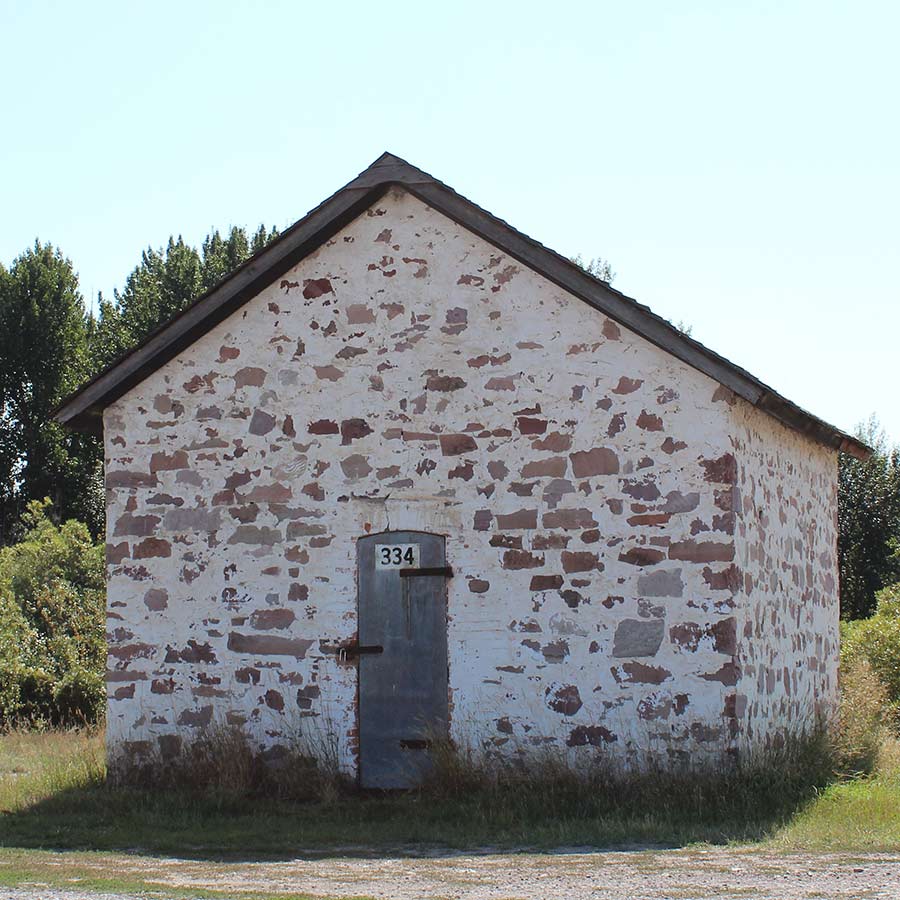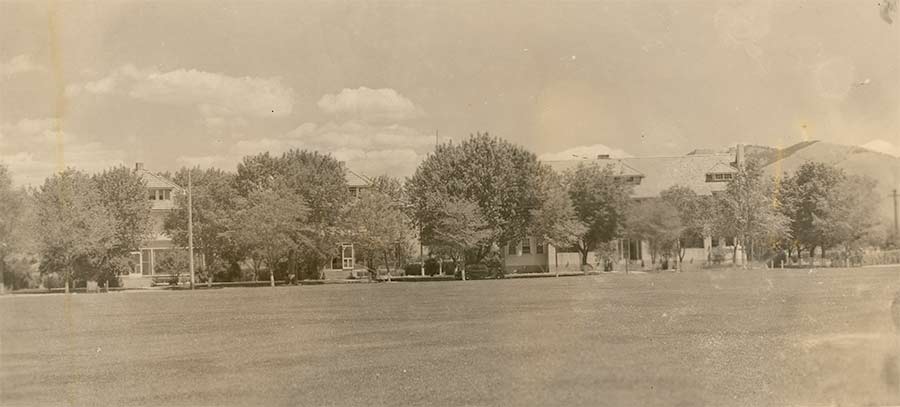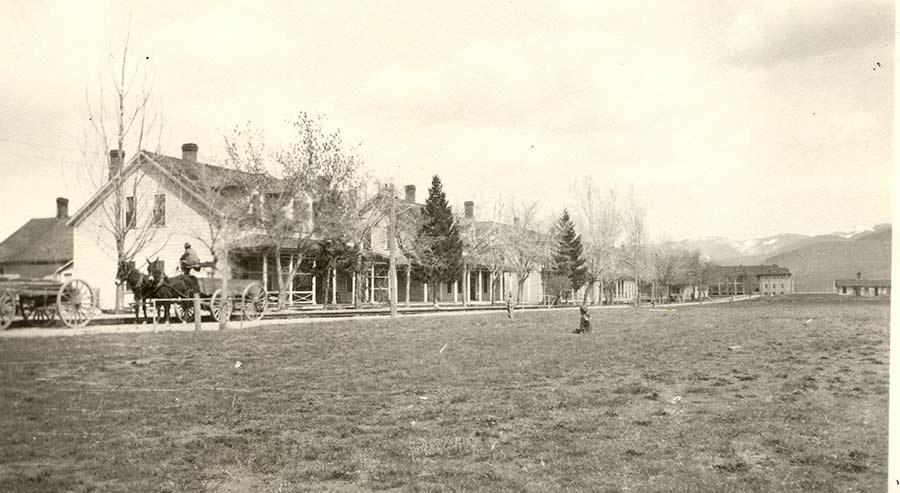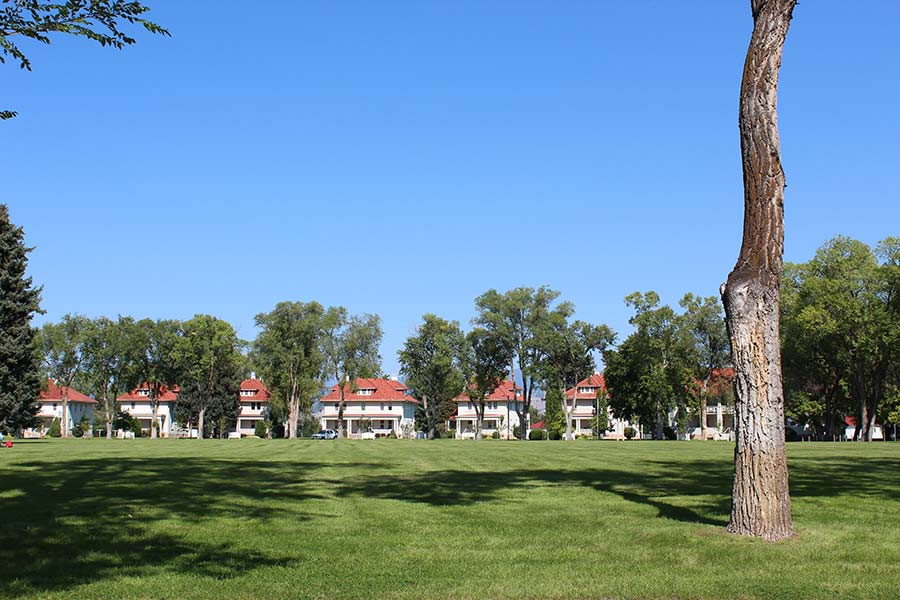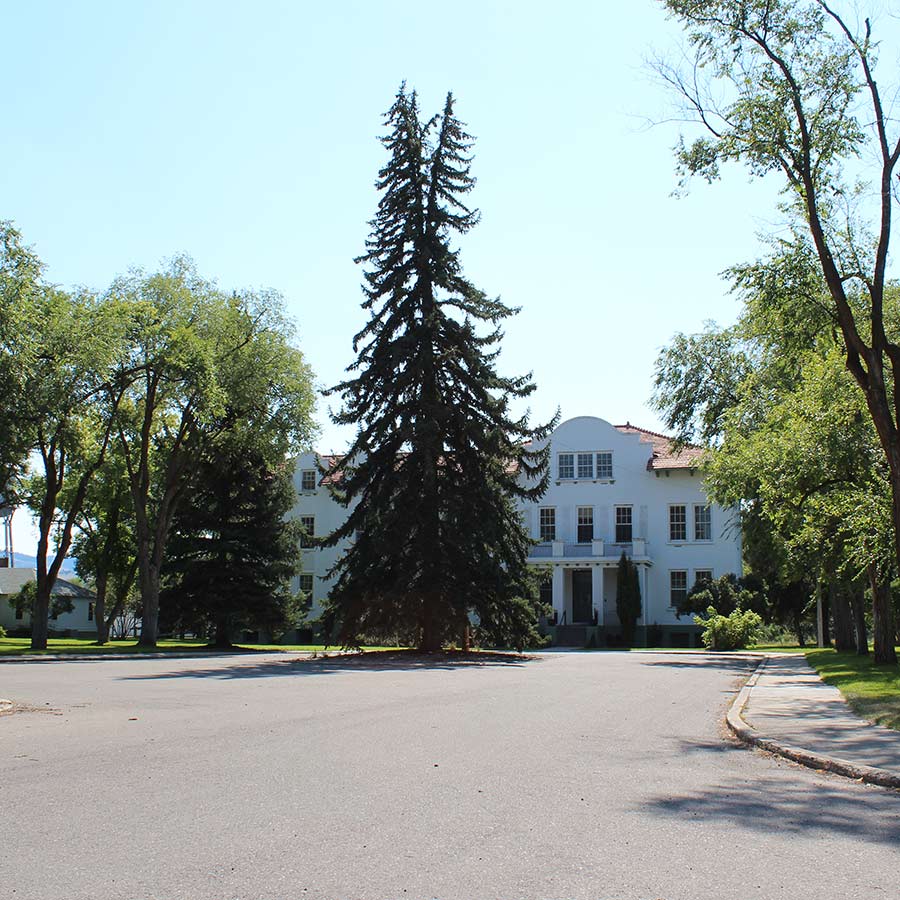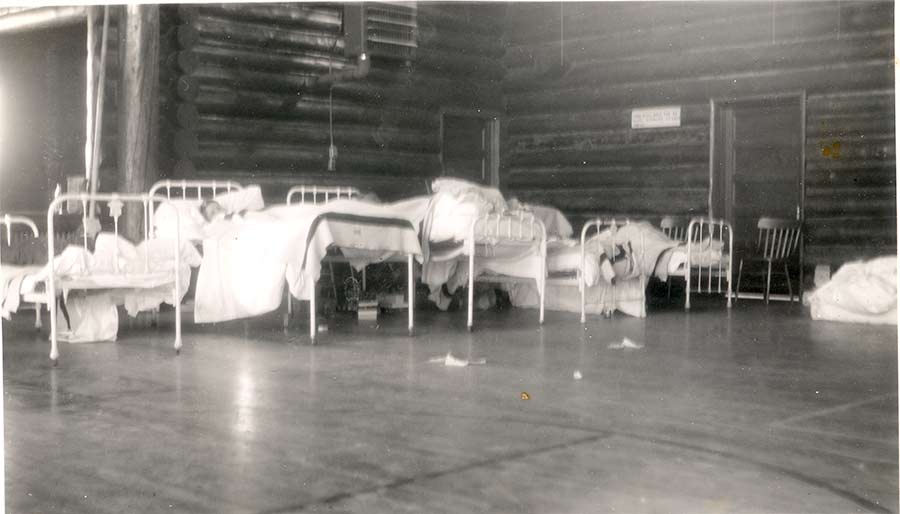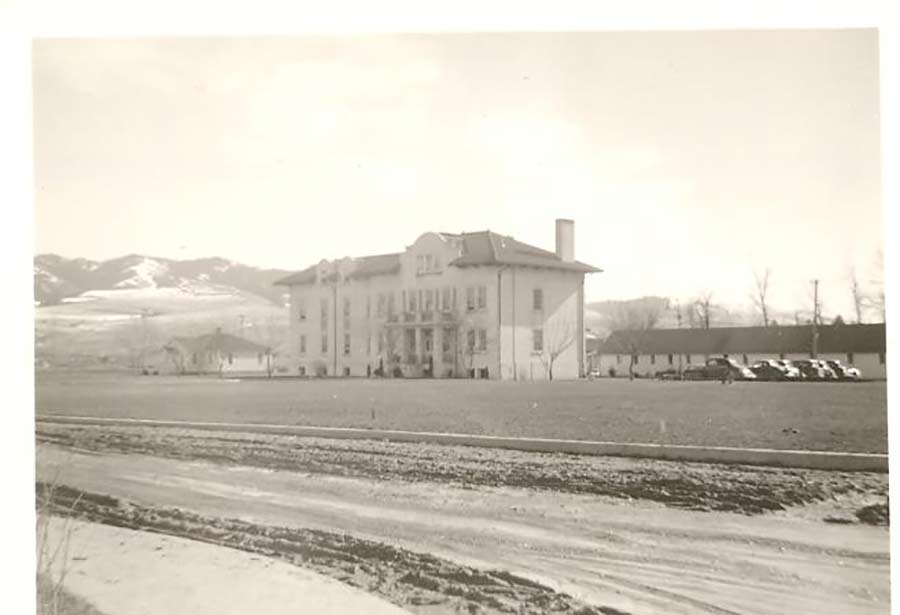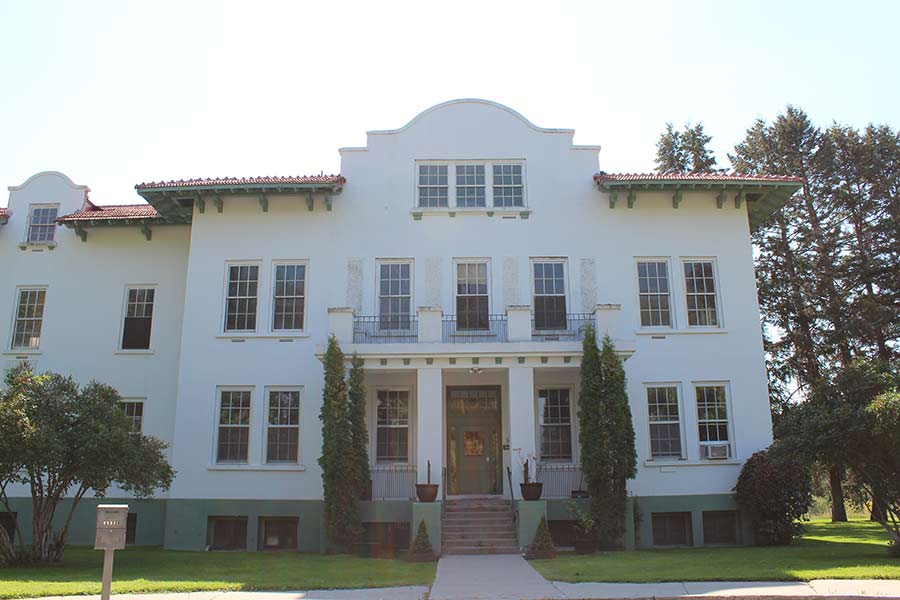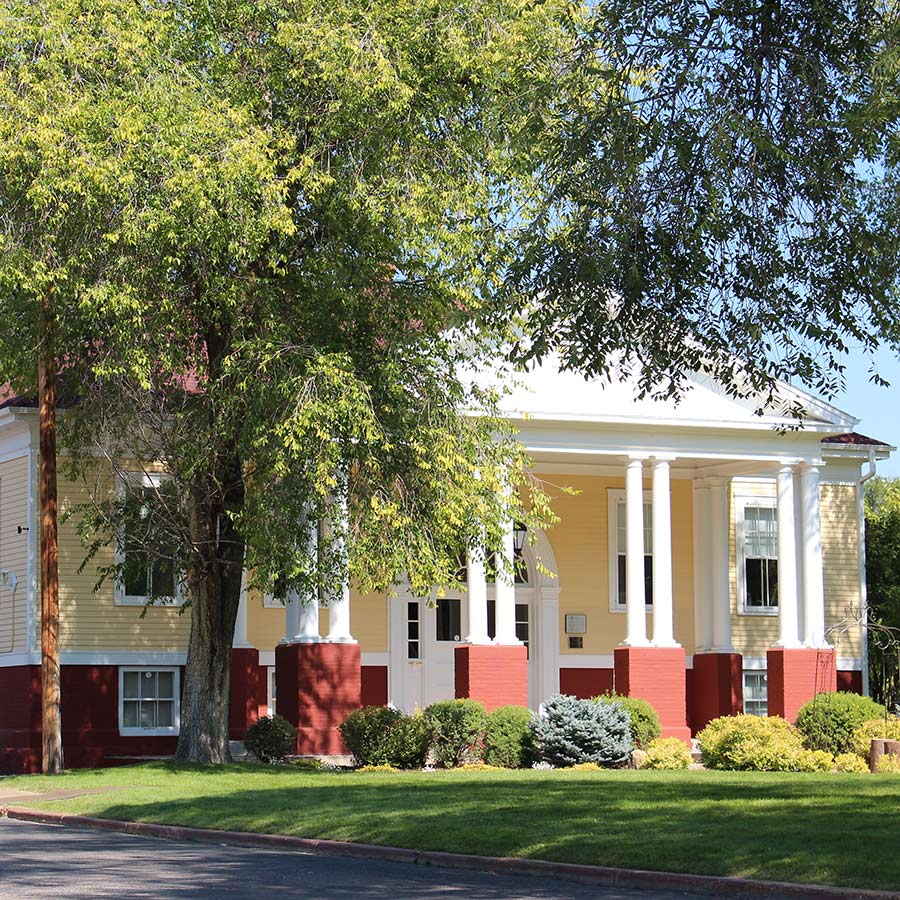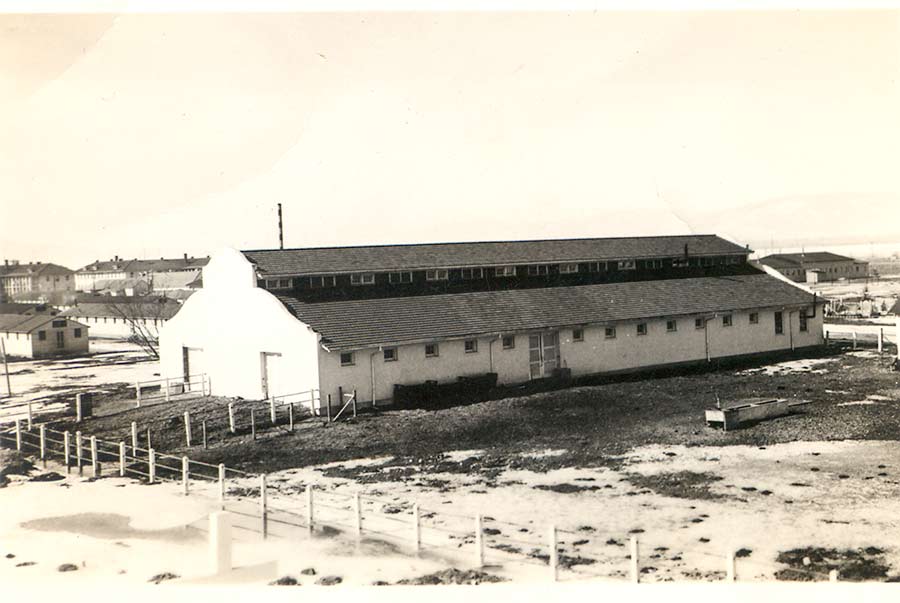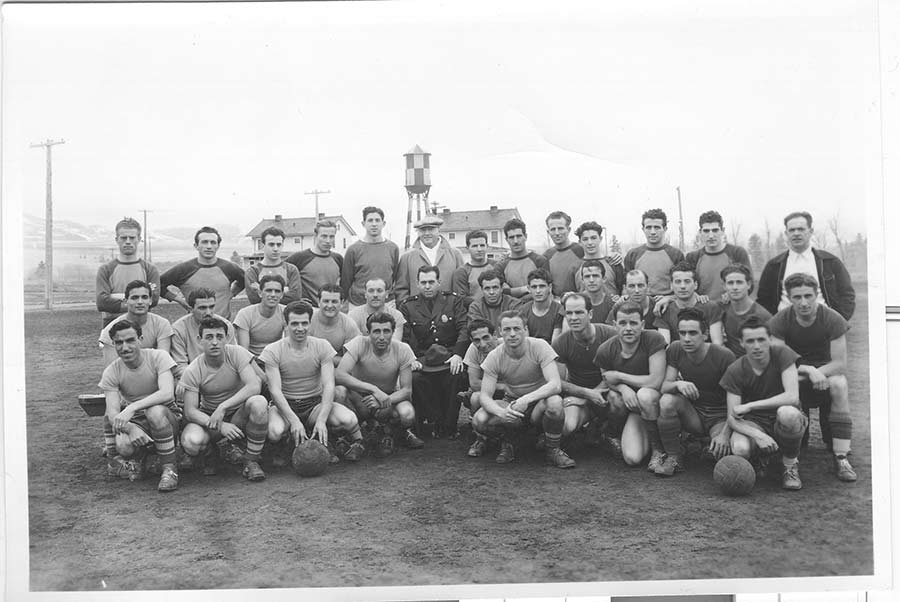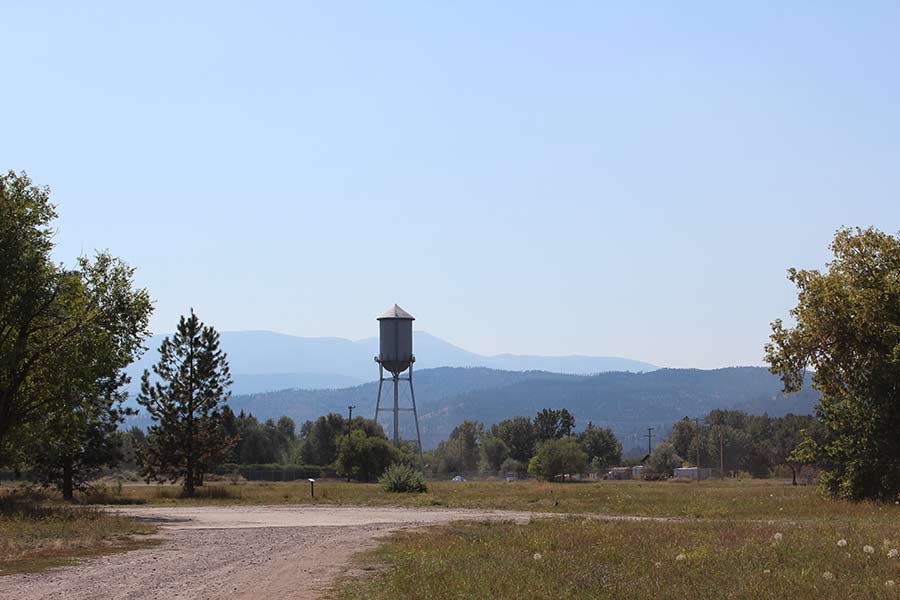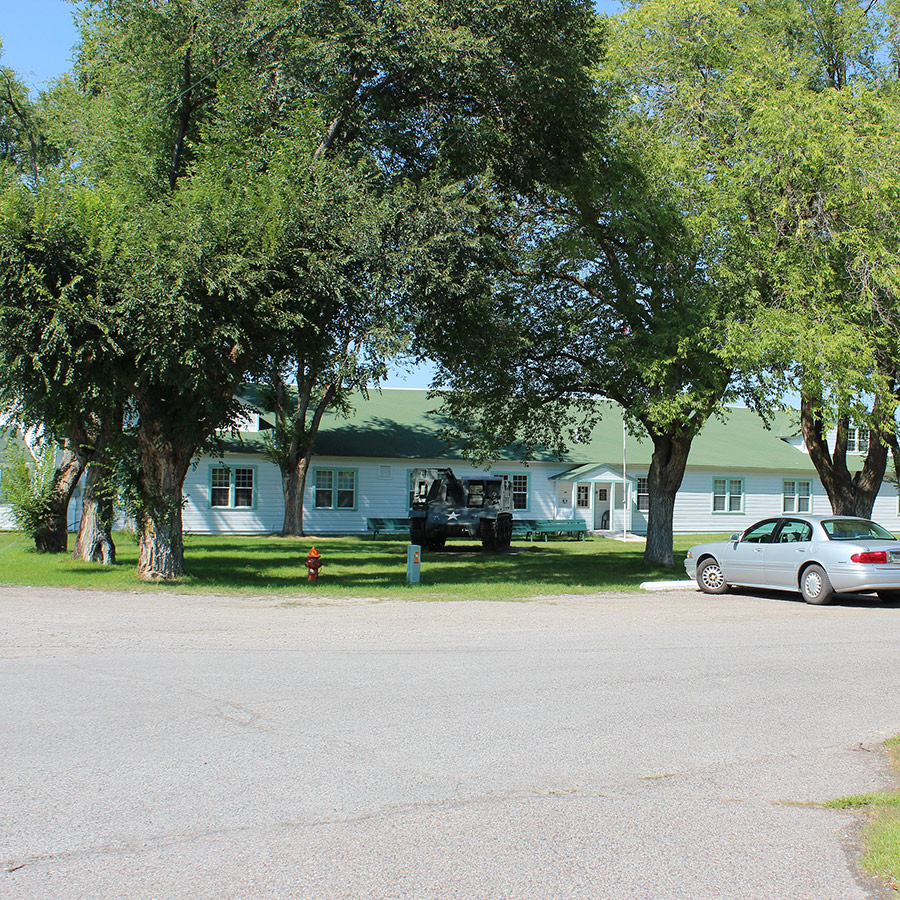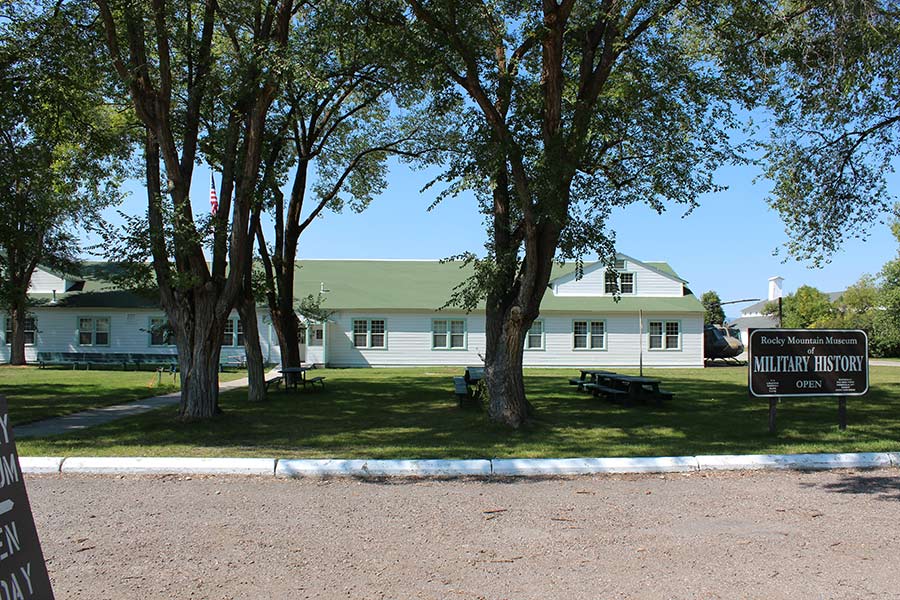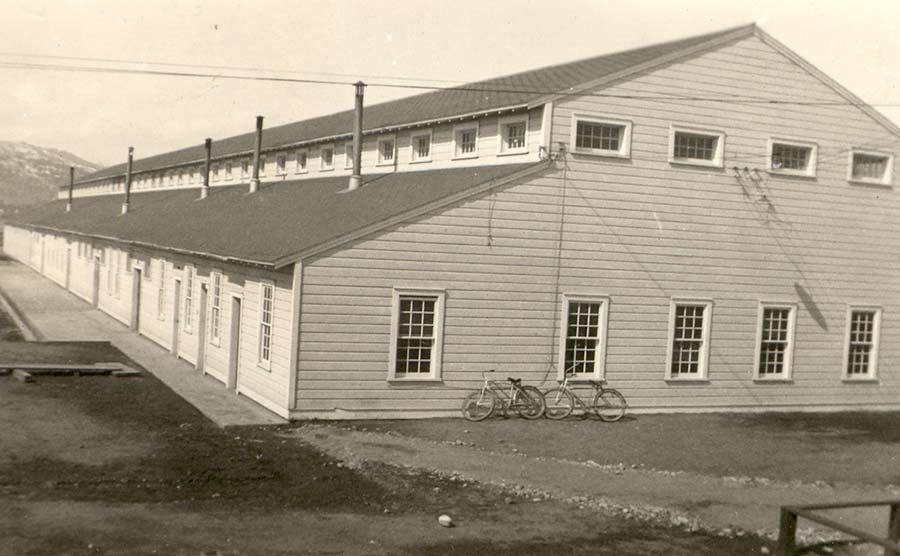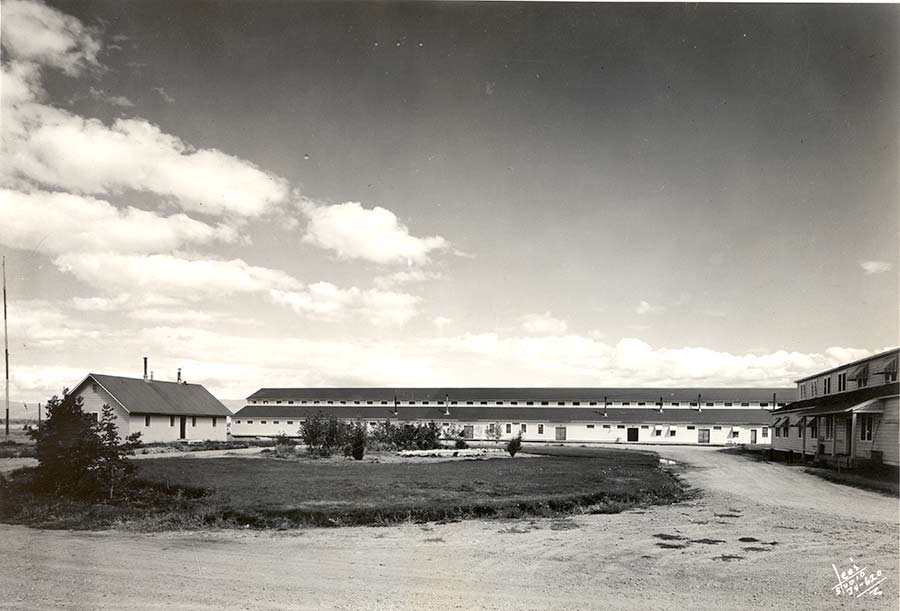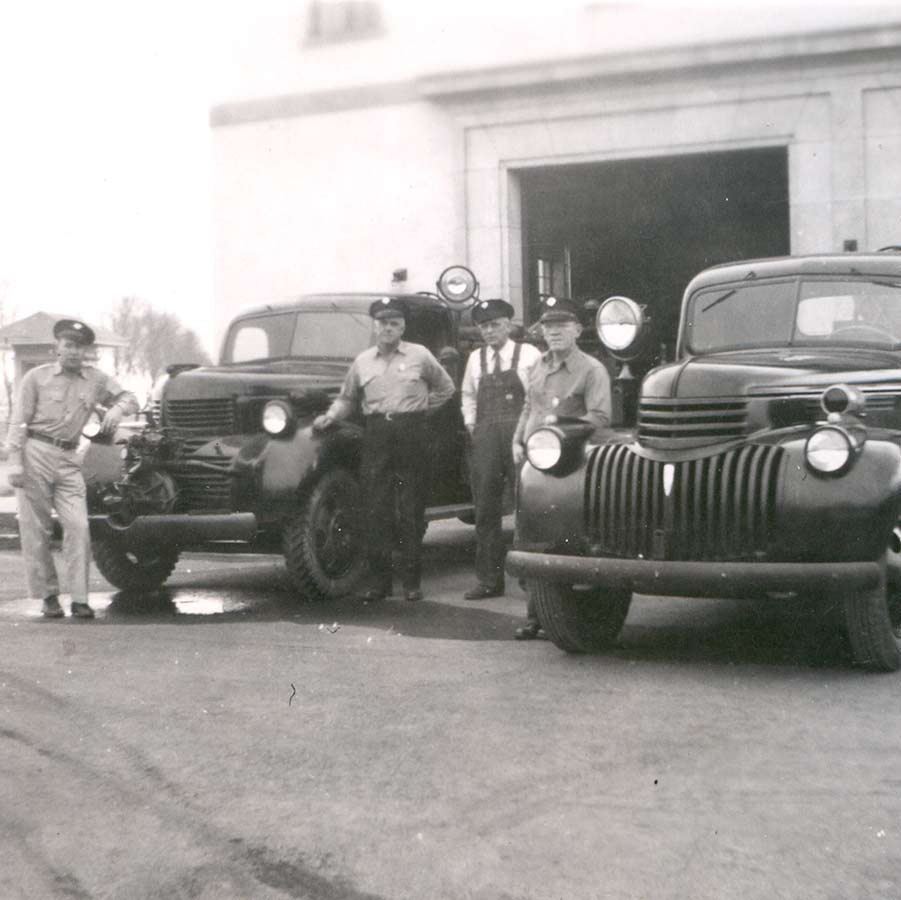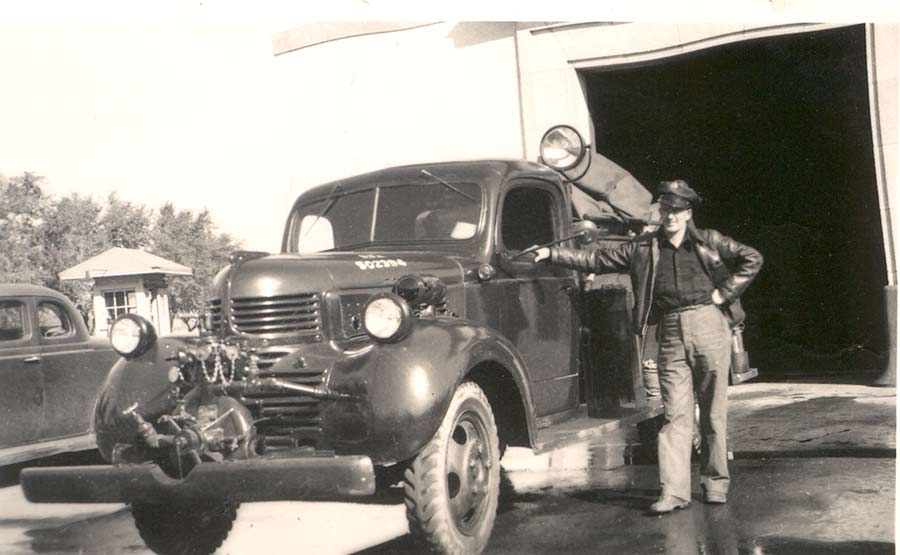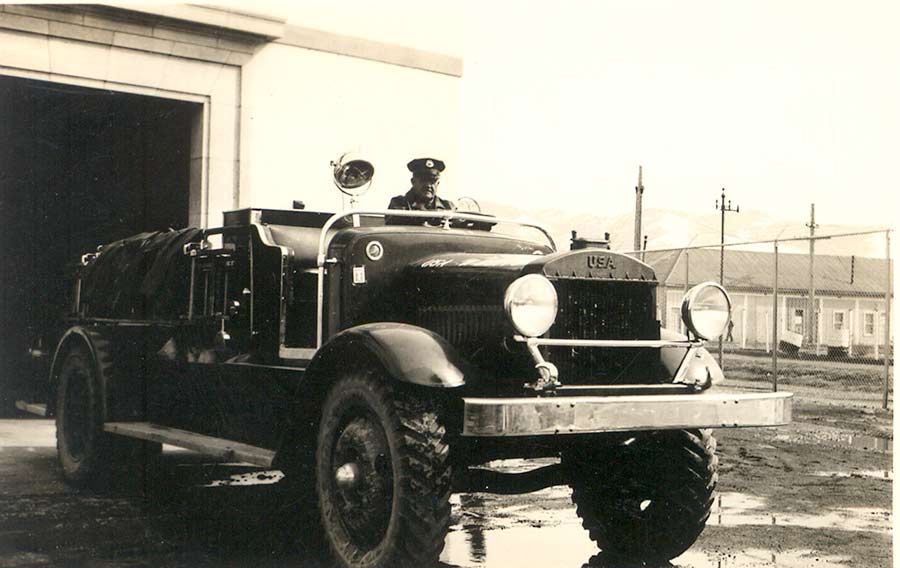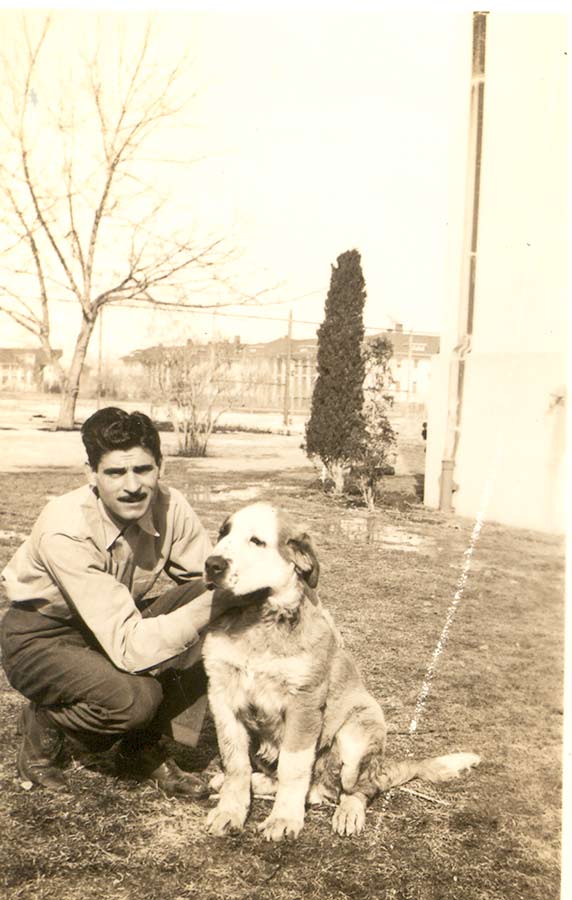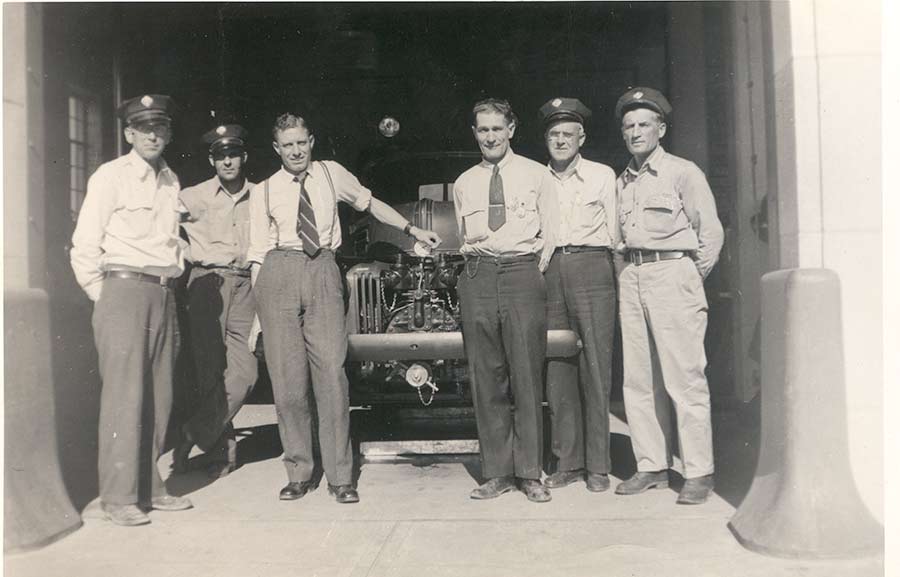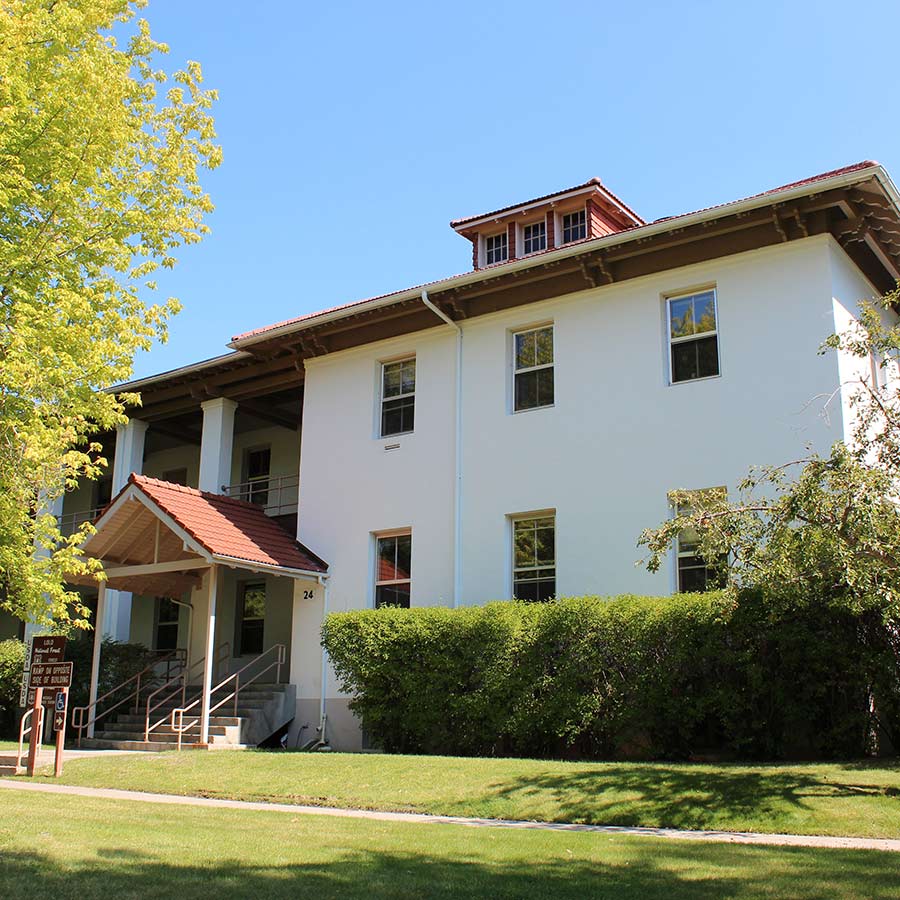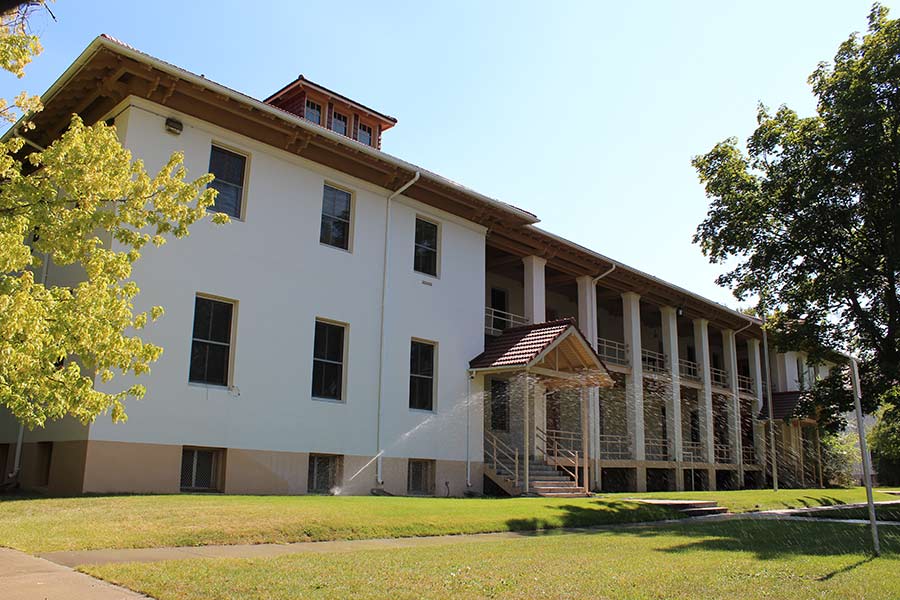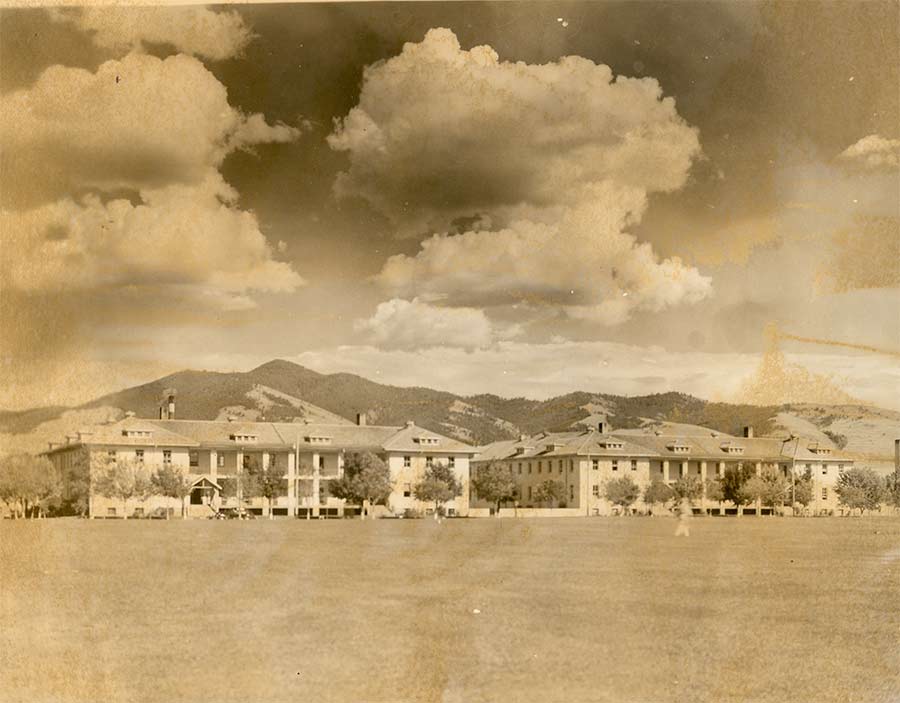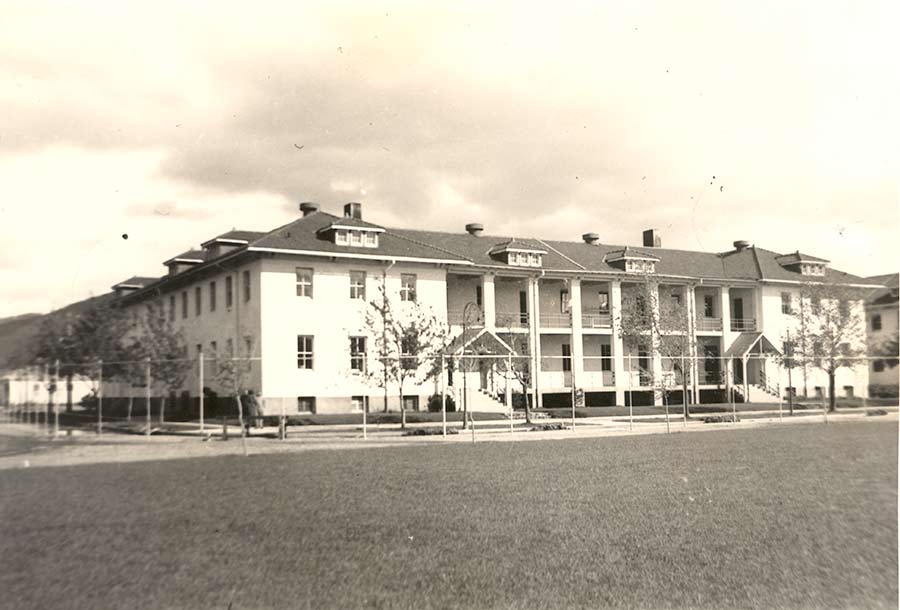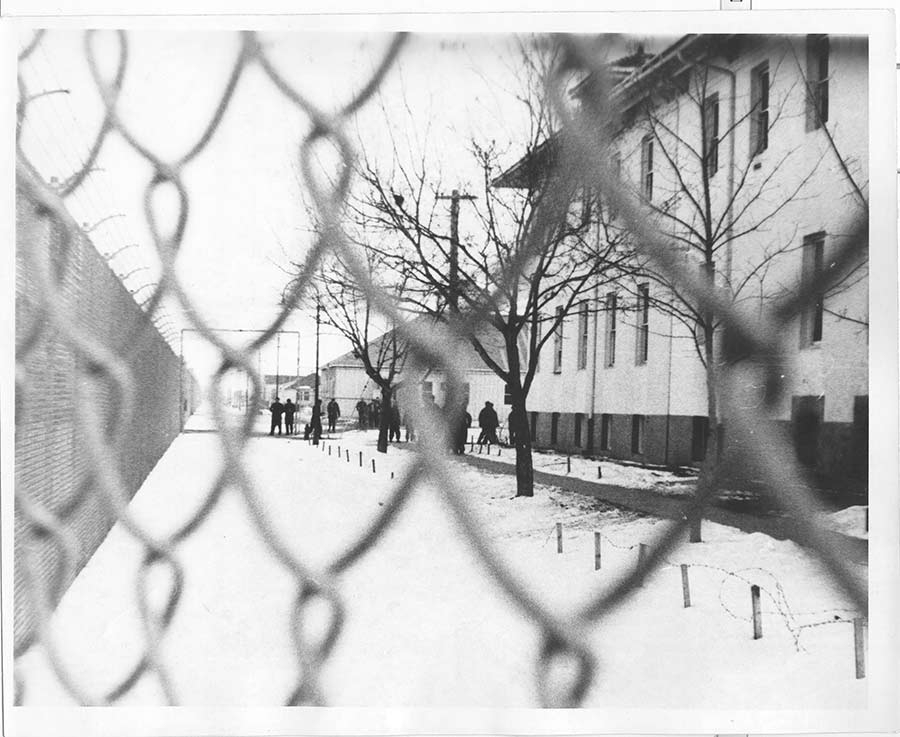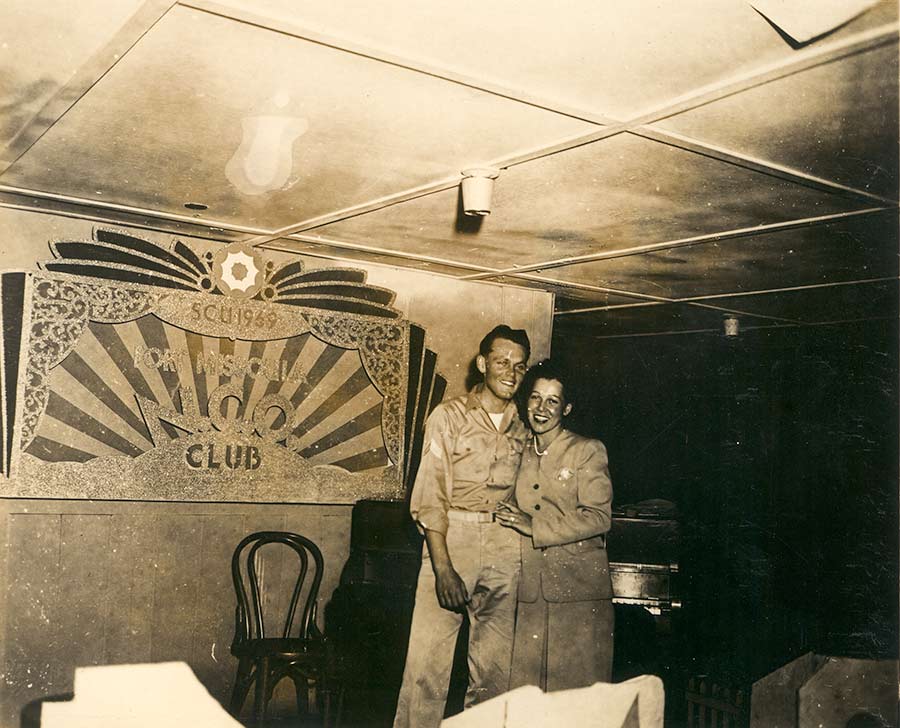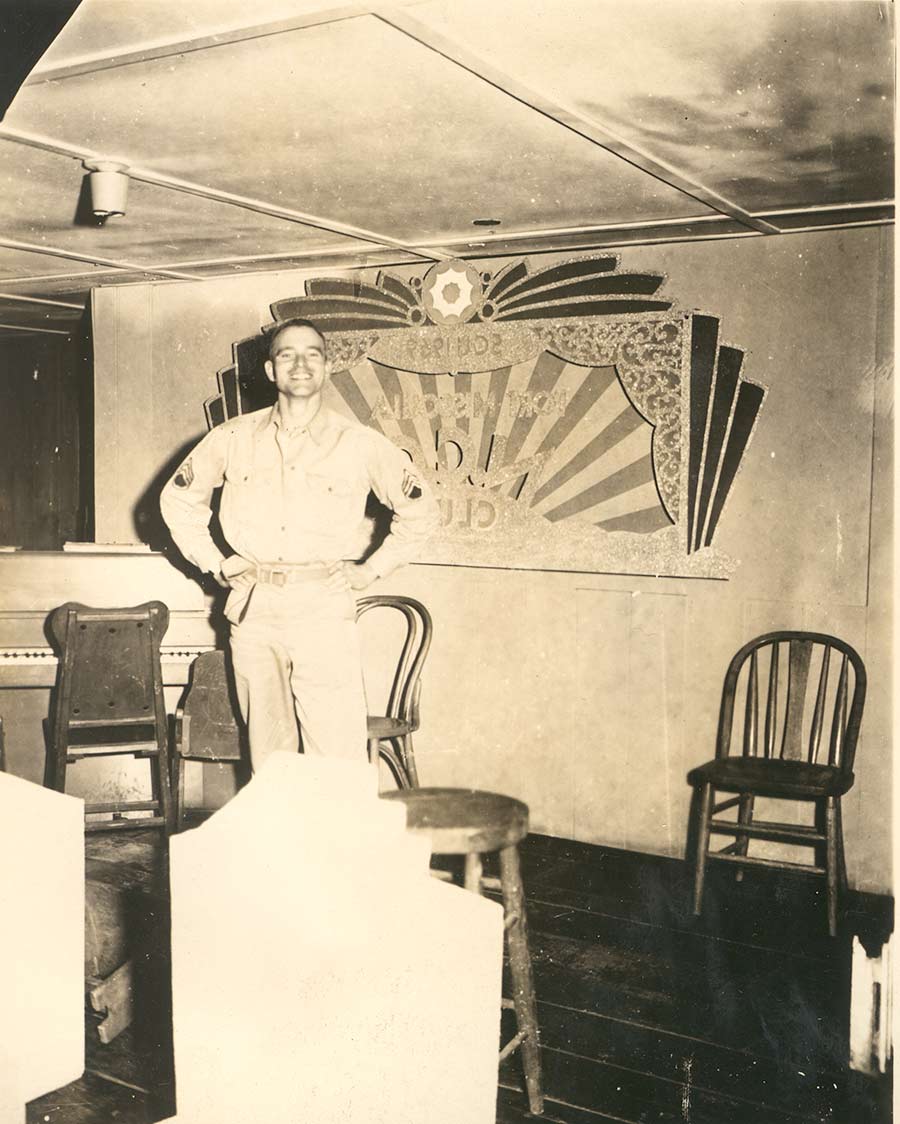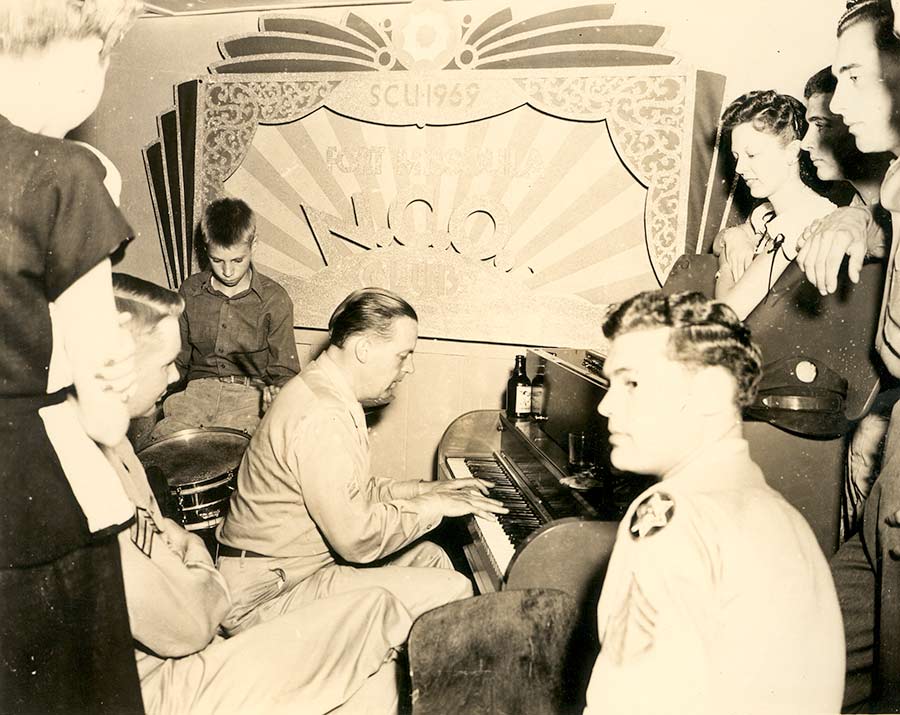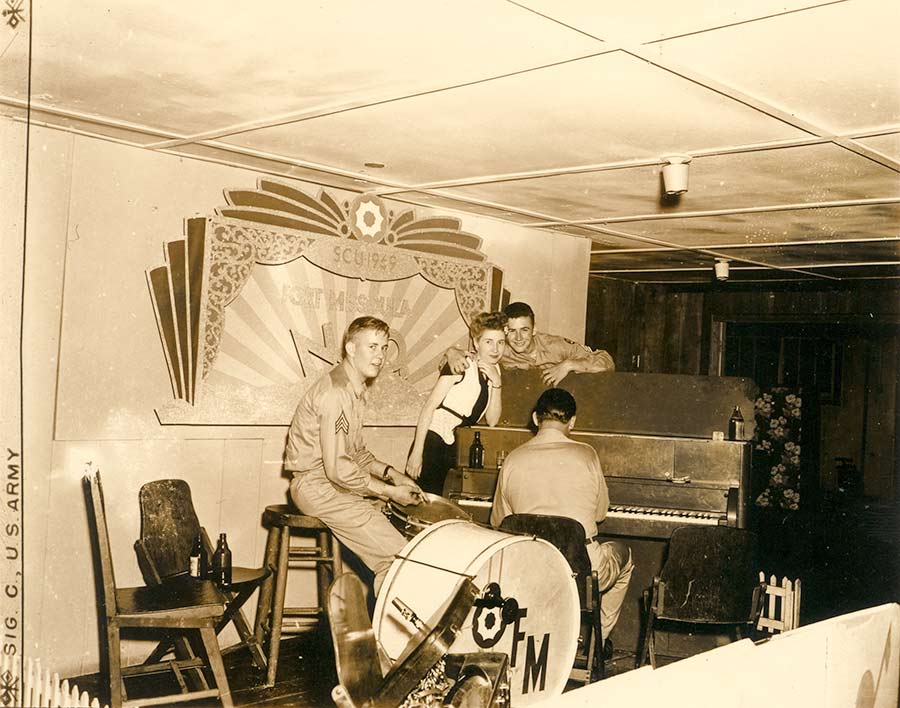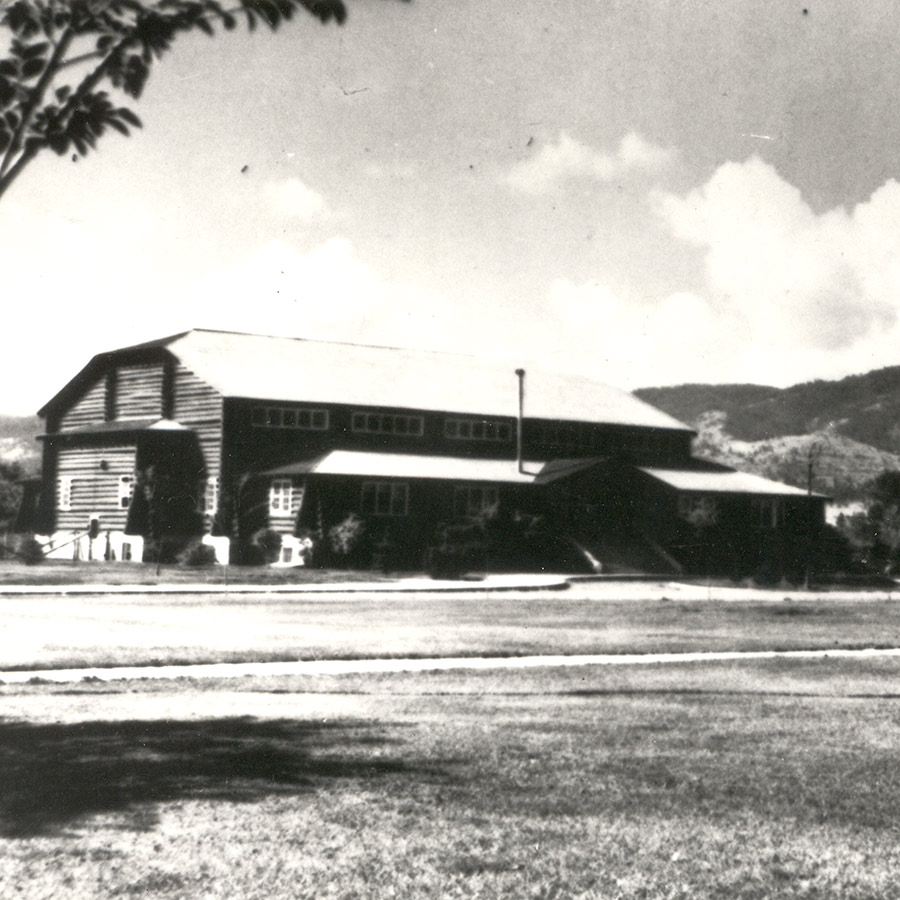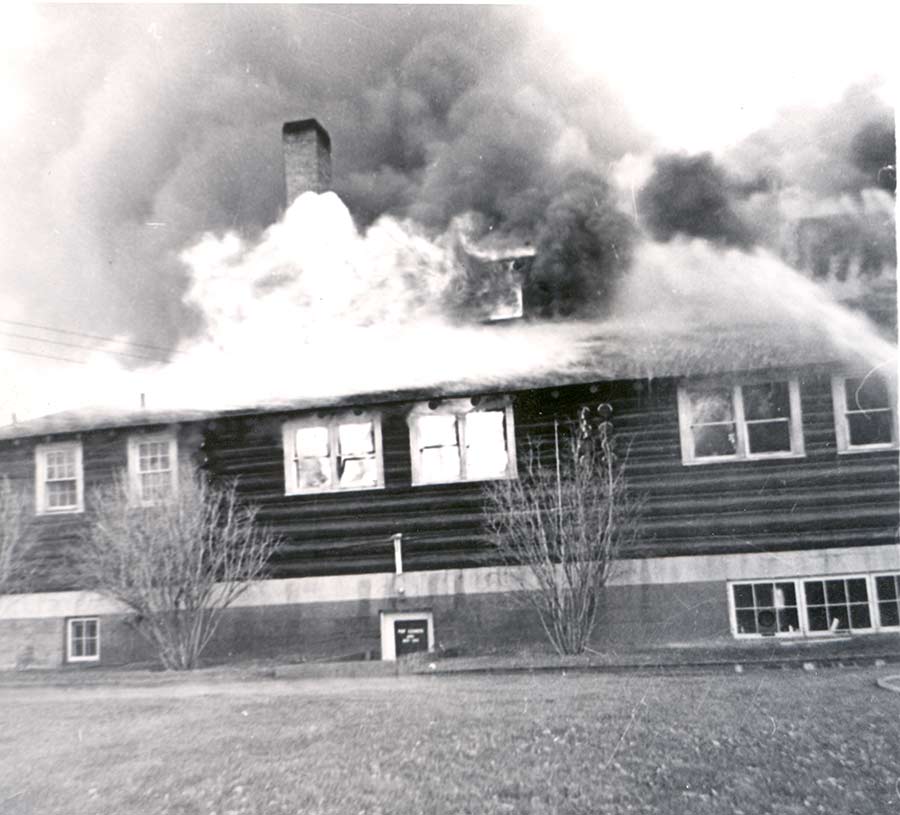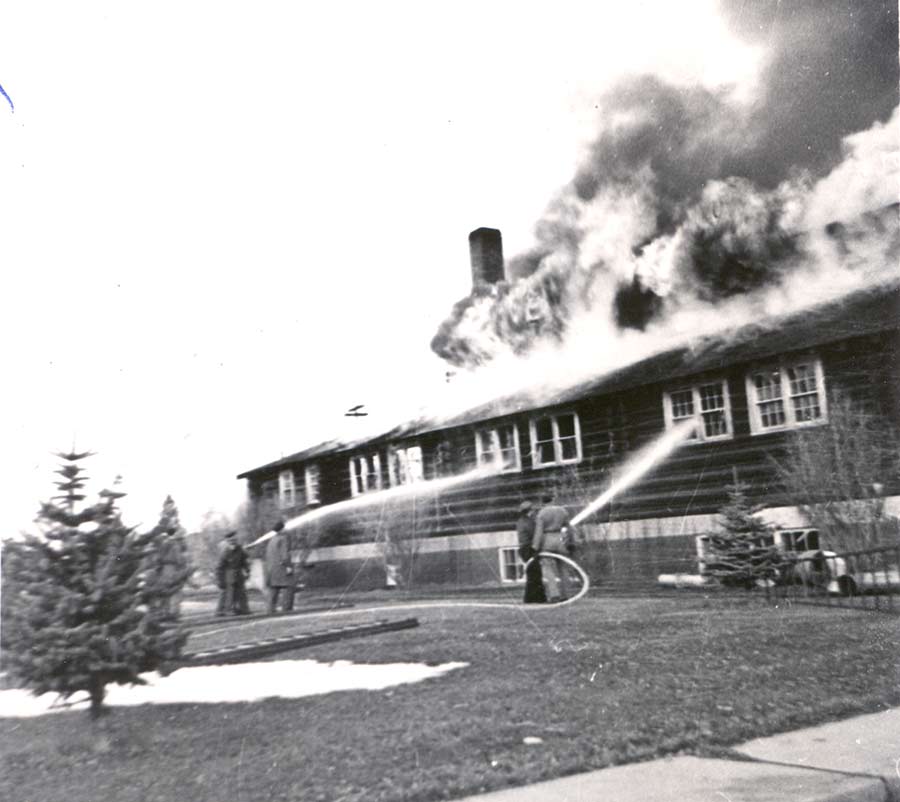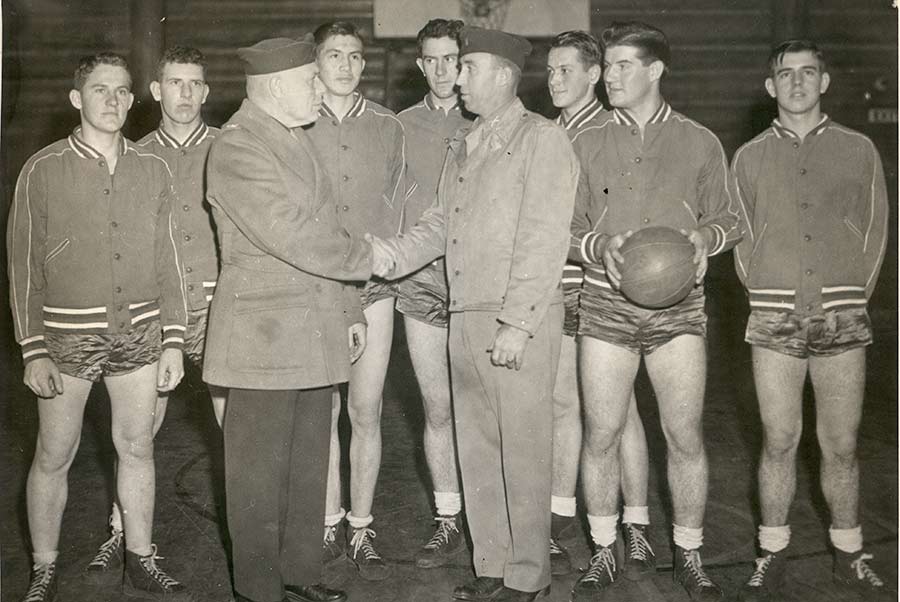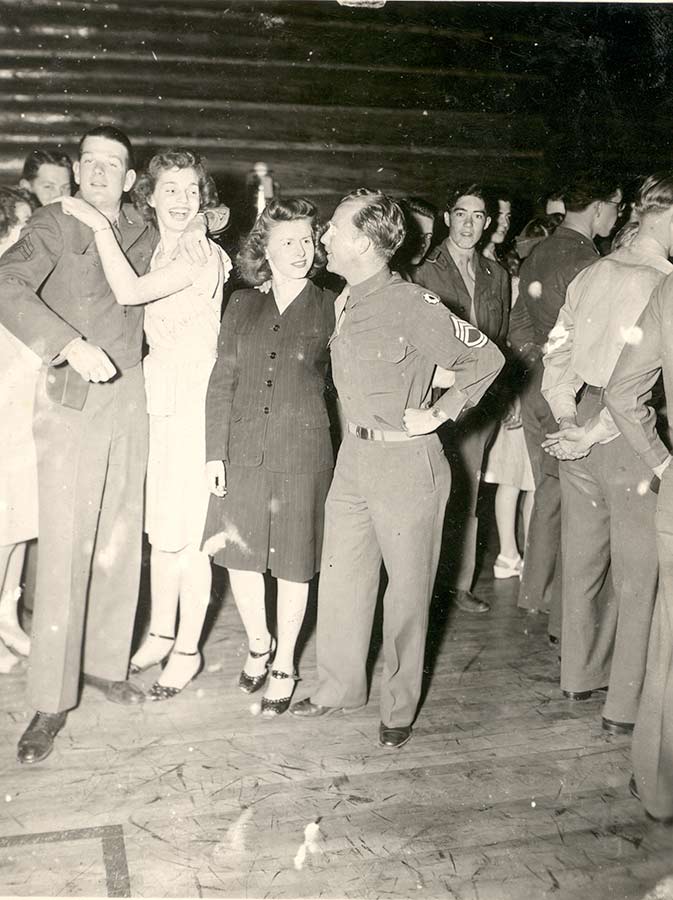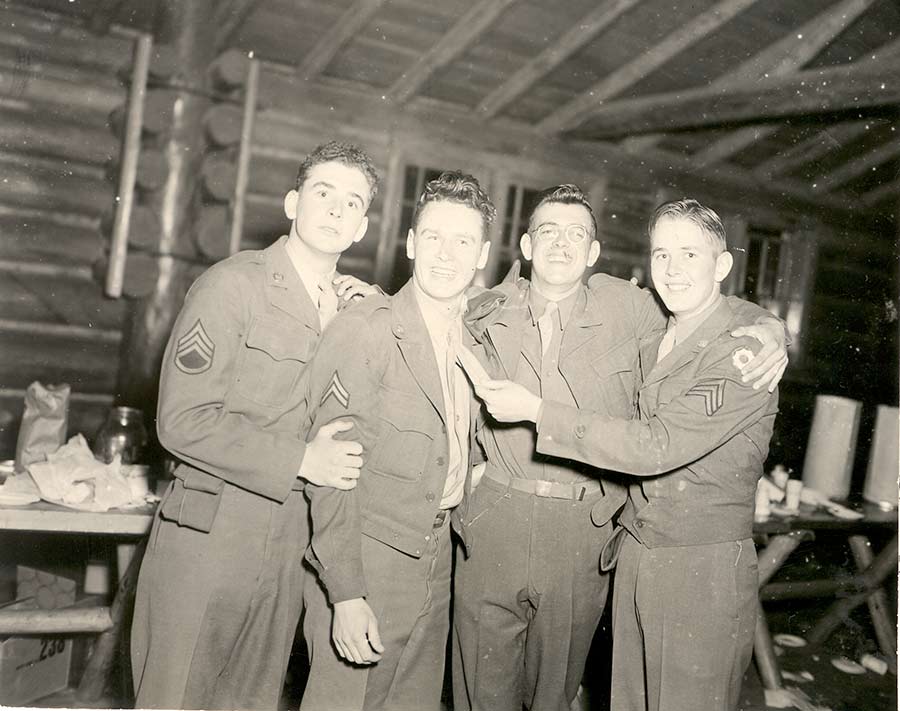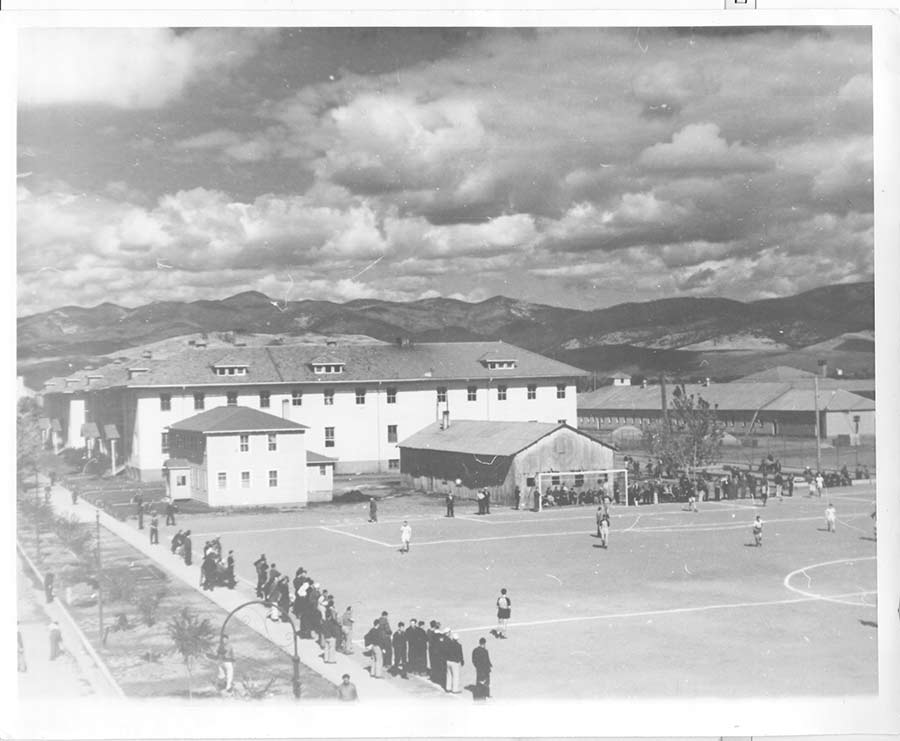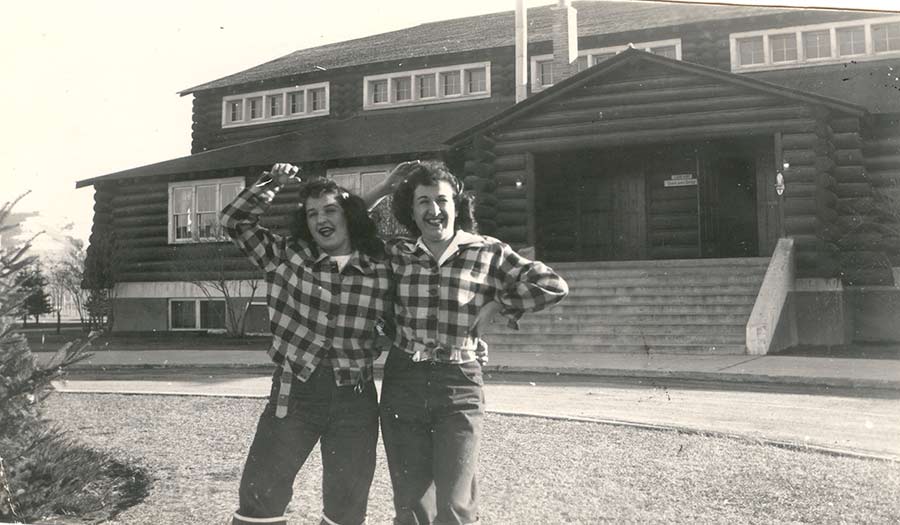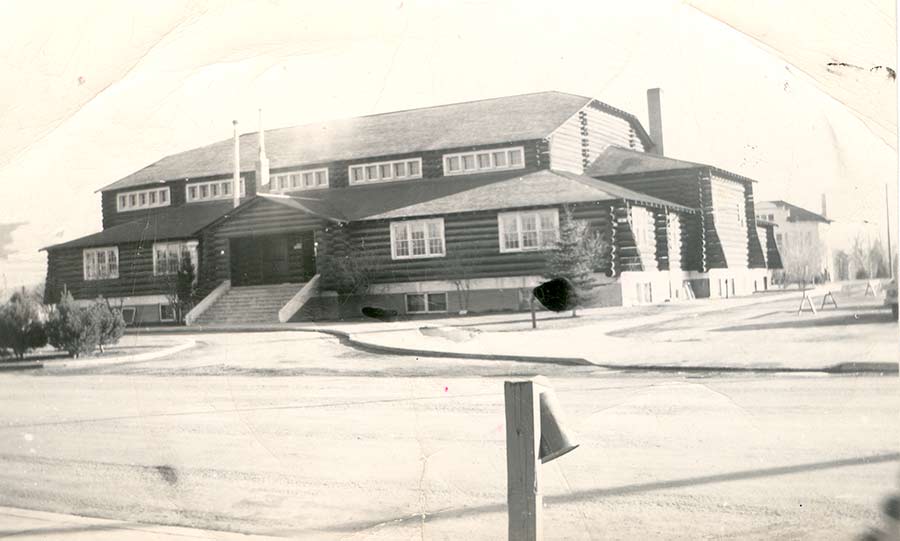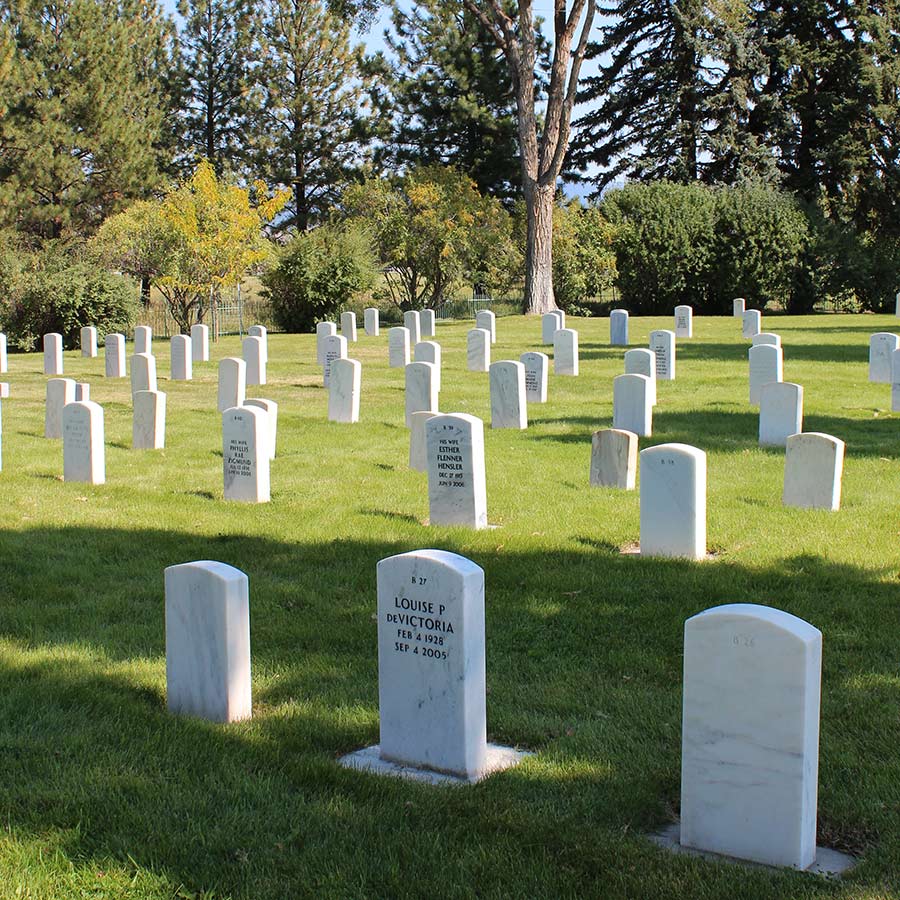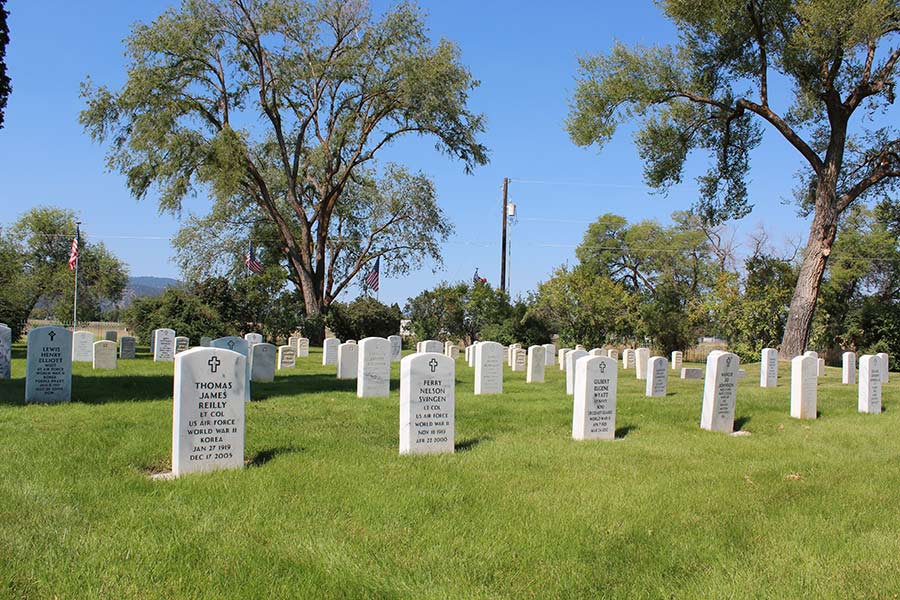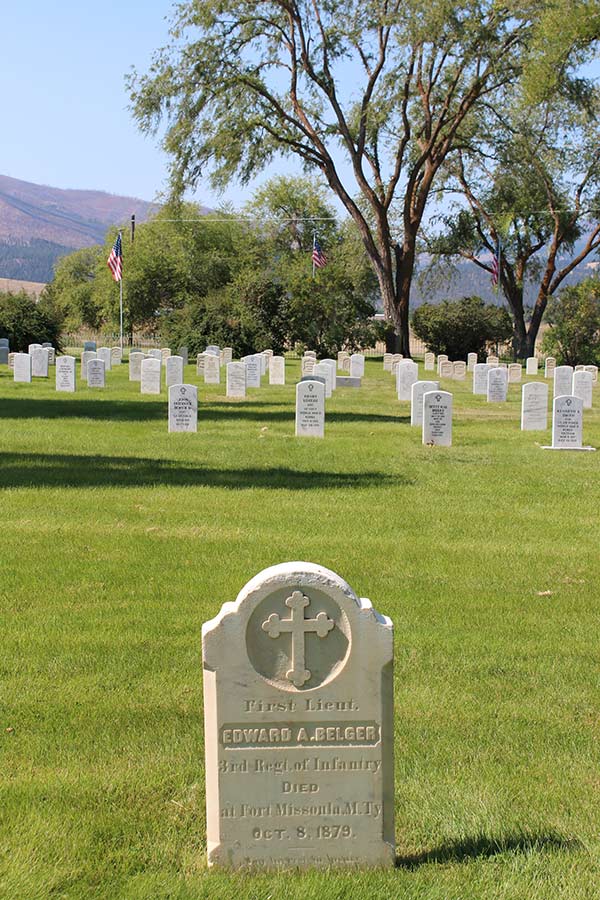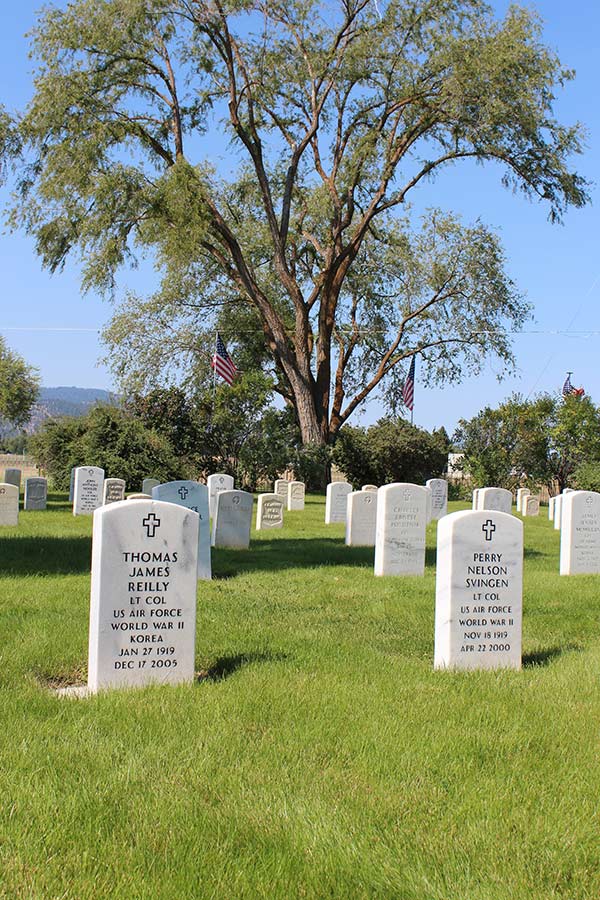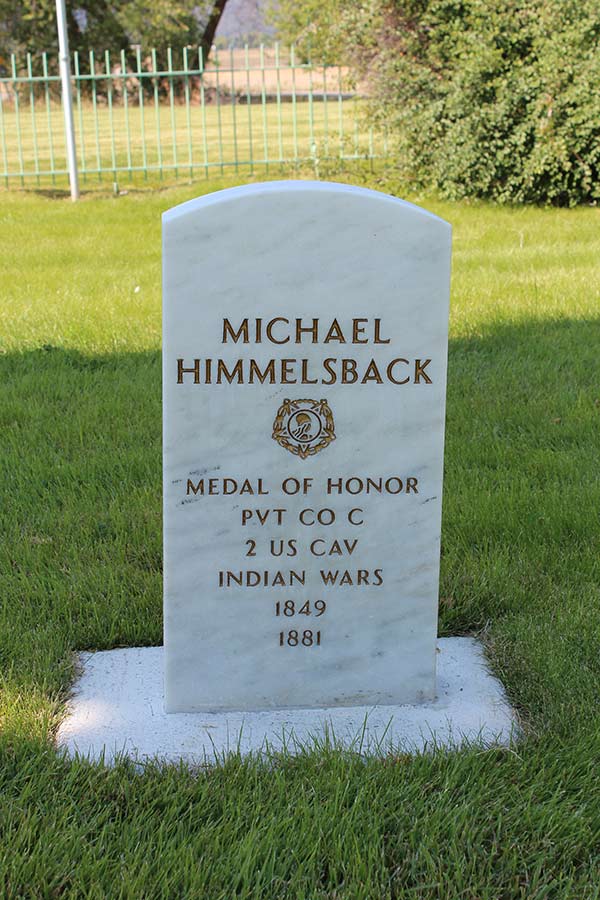The Post Cemetery at Fort Missoula encompasses an area just shy of one acre, split down the center by a service road, and surrounded by an iron fence. The Post Cemetery is an active Class IV National Military Cemetery with an estimated 400 gravesites, about which half of are filled. There are veterans from many American wars buried here, including the Civil War (1861-65), the Indian Wars (1866-92), the Spanish-American War (1898), World War I (1917-18), World War II (1941-45), the Korean War (1950-53), and the Vietnam Was (1964-73). Today the cemetery remains as an active military cemetery. Those eligible for burial are military personnel either retired or active duty, their spouses, and dependent children.
Ranks represented in the Post Cemetery range from Private (63 burials total) to Lieutenant-General. Most were members of Infantry regiments, though some represent the cavalry, as well as the Navy, Marine Corps, Air Force and the Montana National Guard. Large portions of the graves (22%) are members of the 24th and 25th infantry regiments of black soldiers that were stationed at Fort Missoula from the late 1800s into the early 1900s.
There are also a large number of women and children buried in the cemetery. Most are wives of officers and senior sergeants stationed at the Fort and their children.
The oldest grave in the cemetery is that of Private William Gerick, who died of unknown causes during the first year of the Fort’s existence, in September of 1878. He was the first soldier to die while on duty at Fort Missoula. 1st Lieutenant Edward Belger was the first officer to die on active duty at Fort Missoula, passing on October 8, 1879 of acute dysentery, a common disease at the time.
There are two Medal of Honor recipients buried in the cemetery, Private Michael Kimmelsback and Hospital Steward Henry “Harvey” Garland. Both men received the honor during the Indian Wars, Kimmelsback receiving his in Nebraska in 1870 and Garland in Idaho in 1877.
These above stories are only a few of the interesting tales that the stones in the Fort Missoula Post Cemetery can tell us about life and individuals that had a connection to Fort Missoula. Annually the Historical Museum at Fort Missoula and the Rocky Mountain Military History Museum host an event, “Stories in Stones” that interprets the stories of many of the individuals buried at Post Cemetery.

